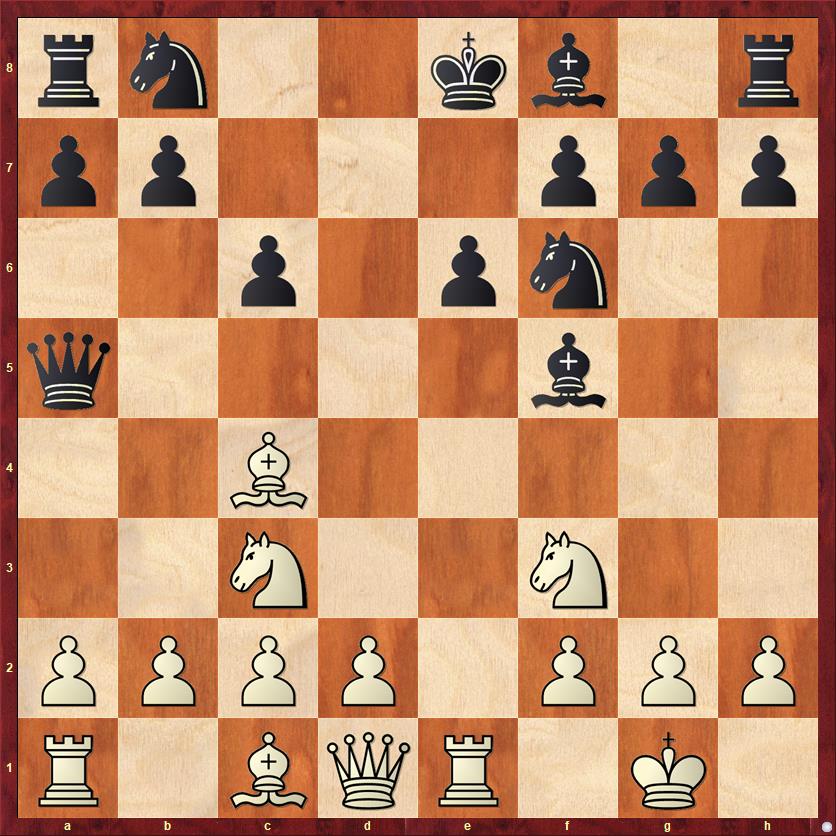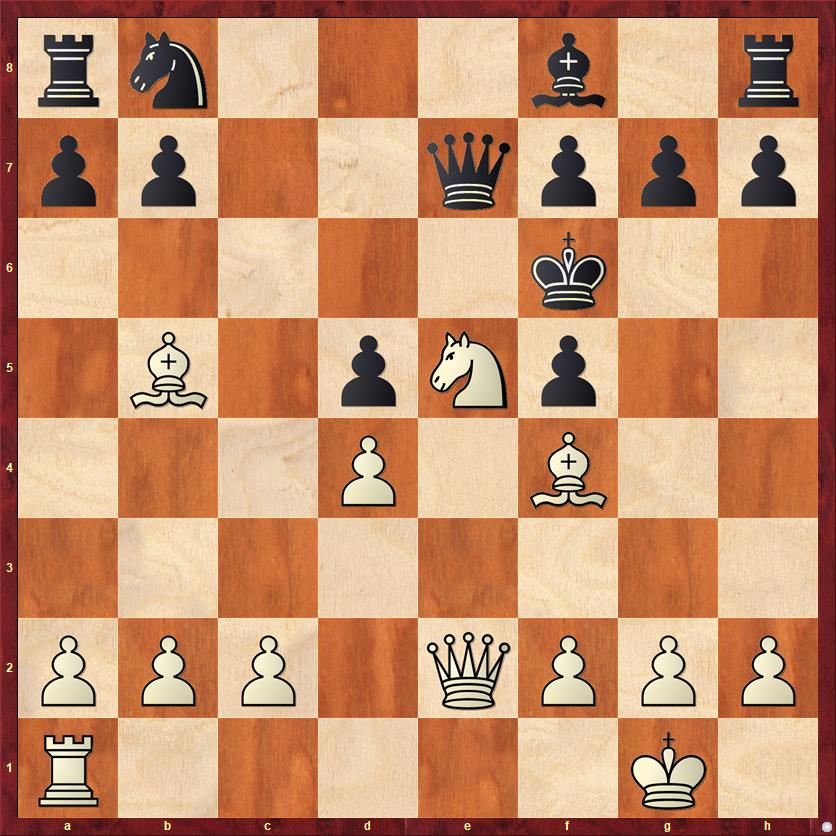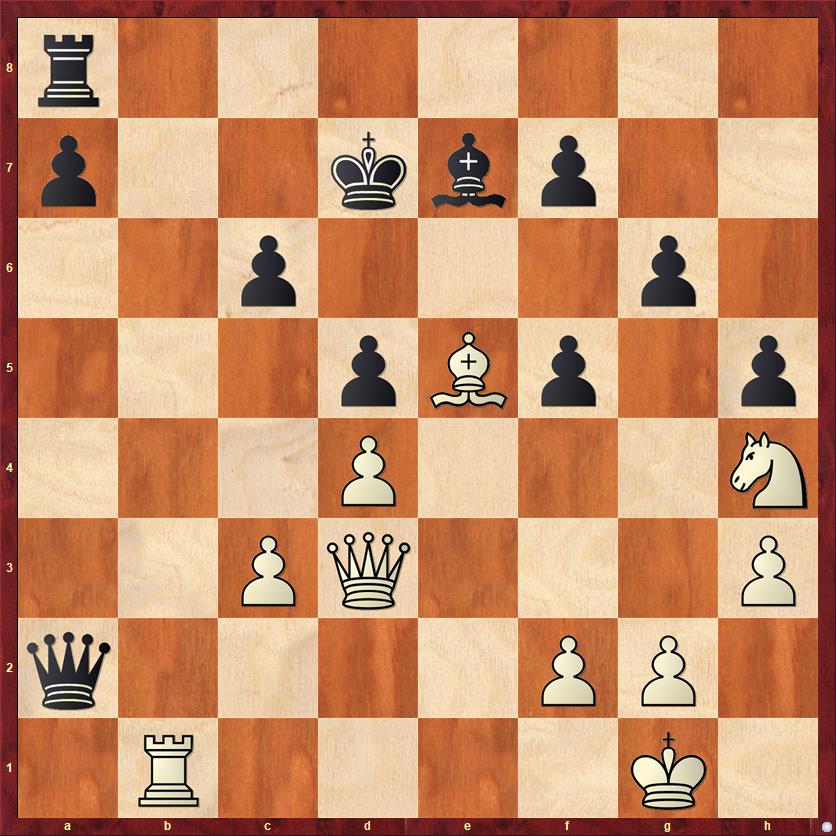My computer issues have been taken care of, thanks to one of my readers, Marshall Polaris. Marshall is a Kolty Club member, a fan of this blog, and was also a participant on the Kolty Club team in the U.S. Amateur Team West tournament back in February. (Back in the long-ago days when you could actually play in tournaments and sit across a real board from a real opponent.)
Most importantly, Marshall is experienced at running a website. He got under the hood and identified the problem I was having. I’m not sure how permanent the fix is, but at least we’re in business for now. For WordPress experts, the issue is that I’m using a “theme” that is no longer being updated. This means that as other software gets updated, the theme that Im using will eventually break. That’s what seemed to happen in this case; it works with something called PHP 7.0 but not with PHP 7.1, so went back to 7.0. Marshall figured this all out — I never could have.
Over the long term, of course, I will at minimum have to change themes, but there are several other changes I’m thinking about. Marshall at least bought me some time to think and do things in an orderly fashion.
Okay, back to chess! I’ll do a short-ish post today. Because I’m not very keen on playing against humans online, my main chess practice continues to be games against the computer. However, I’ve gone back to playing against Shredder instead of Fritz. I was frustrated with Fritz because its opening repertoire is too narrow and too weird. Shredder, on the other hand, plays almost every normal opening — Sicilian, French, Caro-Kann — as well as a weird one every now and then. Against Shredder I feel as if I’m playing normal chess.
Here’s a game in one of my pet lines in the Center Counter (Scandinavian) Defense. I was a little bit surprised that the computer allowed me to play it, and it gives me a great opportunity to show you the main ideas.
Dana — Shredder (2174)
1. e4 d5 2. ed Qxd5 3. Nc3 Qa5
Thank gawd. None of that weird 3. … Qe6+ stuff that Fritz always plays. It’s not even good, but it’s tiresome to play the same line over and over that my human opponents will probably never play.
4. Nf3 c6 5. Bc4 Bf5 6. O-O e6 7. Re1 Nf6?!

FEN: rn2kb1r/pp3ppp/2p1pn2/q4b2/2B5/2N2N2/PPPP1PPP/R1BQR1K1 w kq – 0 8
The move order has been a little bit nonstandard, but we’ve arrived at a key position. Black has played the most normal first 7 moves for Black in the Scandinavian, albeit in not the normal order. White has played normally except that he has deferred the move d4. If White had played 7. d4 instead of 7. Re1, we would be in a book position. But the move order I played gives me a resource that isn’t available in the book position. I once gave a ChessLecture about this, called “My New Favorite Trap.” That was in 2009, so it’s not very new any more.
8. Re5! Qd8?
I think that the only way this position is playable for Black is to play 8. … Qb4, after which I’m not sure that White has anything better than 9. Rxf5 Qxc4 10. d3 Qa6 11. Re5. One nice thing about this line is that human players are unlikely to come up with the unusual-looking move 8. … Qb4. I was fully expecting Shredder to play it. However, for some reason Shredder chooses to play 8. … Qd8, after which I think Black is just losing (or at least has huge problems).
9. Rxf5! …
This exchange sac is the whole point of playing Re5.
9. … ef 10. Ne5 …
Taking aim at f7.
10. … Nd5
The only way to protect f7. But now Black’s king will have to go for a walk.
11. Nxd5 cd 12. Bb5+ Ke7
Of course, 12. … Nc6 13. Nxc6 bc 14. Bxc6+ lets White win back his material with interest.
13. Qe2 Kf6
At this point we’re out of my home preparation. This is a critical line, though, because it gets straight to the issue of whether I really have compensation for the exchange. Of course I was optimistic, because Black has five undeveloped pieces and a king at f6. But you never know until you actually play the position.
14. d4 Qc7 15. Bf4 Qe7
A good spot for a diagram.

FEN: rn3b1r/pp2qppp/5k2/1B1pNp2/3P1B2/8/PPP1QPPP/R5K1 w – – 0 16
What would you play here?
I looked at 16. Qh5 but didn’t see any clear wins after, say, 16. … g6 17. Bg5+ Kg7 18. Qh6+ Kg8. Given the lack of a forced mate, I decided that the right thing to do was “invite everyone to the party” and bring my last unused piece into play.
I still think that is the right thing to do unless you are absolutely sure you have a mate. But in fact White does have a forced mate in this position. With this hint, can you see it?
The answer is quite original: 16. Qh5 g6 17. Qh4+! Kg7 (If 17. … Ke6 White is prepared to leave his queen en prise and play 18. Re1! Qxh4 19. Ng4 mate!) 18. Bh6+ Kg8 and now 19. Qxe7! Bxe7 20. Be8! and Black has no way to prevent Bxf7 checkmate!
Well, no wonder I didn’t see this. First, I had to look at the less obvious check on h4. Second, I had to see that trading queens (which normally reduces the strength of an attack) was actually the winning idea. Third, I had to see the unusual idea of moving the bishop to the back rank with 19. Be8! It’s cool that this line exists, but let’s be real. 16. Re1 is a whole lot easier, and just as winning.
16. Re1! …
Inviting everyone to the party. Fritz now says that White’s advantage is more than 5 pawns. But we aren’t yet at a point where humans can see this by exhaustive analysis, so to some extent I just had to trust my position.
16. … h6
There is no better move.
17. Qd3! …
Targeting the sensitive square f5, while also threatening discovered attacks on Black’s queen. Black badly needs to get his pieces out, but he just doesn’t have time to do it.
17. … Qb4 18. Nf3 Nc6
Finally developing a piece! But it’s too little, too late.
19. c3 Qxb2 20. Bxc6 bc 21. Nh4 …
Again, f5 has turned out to be Black’s Achilles heel. Black has to defend it but it costs him a rook.
21. … g6 22. Be5+ Ke6 23. Bxh8+ Kd7 24. Be5 …
At this point I was really tempted by the piece sac 24. Nxf5, but I decided that there was no reason to play it. However, I did yield to temptation a few moves later.
24. … Qxa2 25. Rb1 h5 26. h3 Be7

FEN: r7/p2kbp2/2p3p1/3pBp1p/3P3N/2PQ3P/q4PP1/1R4K1 w – – 0 27
Here, 27. Nf3 seems like a rather pointless retreat — the time has come for decisive action.
27. Nxf5 gf 28. Qxf5+ Ke8 29. Rb7 Qa1+ 30. Kh2 Qa3 31. Qh7! …
This move is what sold me on the piece sacrifice 27. Nxf5. Black can’t do anything about the threat of Qg8+ followed by Qxf7+.
31. … Kd8 32. Qg8+ Bf8 33. Qxf7 resigns
On 33. … Be7 I was planning 34. Rxe7! Qxe7 35. Bf6. I really like the way that White’s pieces coordinated in this game. Of course, it helps when Black’s pieces are all stuck on the back rank!
Update, 7/5/2020: Corrected move numbers in one of my annotations.



{ 2 comments… read them below or add one }
Thanks for revisiting what I refer to as the Zvedeniouk-Mackenzie Trap. A couple of comments:
You have certainly posted about this line since 2009, though I can’t remember when. In that column, you mentioned 8 … Qc7 as another possible queen move. It’s about as good as 8 … Qd8, but not as good as 8 … Qb4.
In your game, my notes give 13 d4 instead of 13 Qe2. Although 13 Qe2 “wins” a tempo, forcing Black to play 13 … Kf6, 13 d4 feels more natural to me, as the queen might go to h5, f3, or e2. My weak chess engine (an old version of Fritz) prefers 13 d4; but then again, it also consistently likes Black in this line for about 30 seconds on each new move.
Also, after 13 Qe2 Kf6 14 d4, I’m not sure what the point is of 14 … Qc7. It appears to just give White a free tempo with 15 Bf4 Qe7. Better right away might be 14 … Qe7, when my computer (again, not the last word) recommends 15 Qf3. A more “human” move here is 15 Bf4, when Black, now a tempo up over your game, could play 15 … g5!?. My computer says Black is a hair better after either 16 Be3 or 16 Ng4+.
In any case, by the time Black’s king gets to f6, White seems to be much better.
BTW, note that today in Ding Liren v Carlsen, Magnus won a game using the hook and ladder tactic!
Hi Dana,
My ” spidee sense” told me to look for something better than 13 Qe2
I think 13 d4 is a major improvement. I don’t see how Black survives.
13. .. Kf6 14 Bg5+ Kg5 15. Nf7+
13 …Qb6 14. Qe2 Kf6 15. Be8 and 16. Nf7 with a mating attack
13. .. f6 14. Qh5 g6 15. Ng6+ hg6 16. Qh8 Qb6 17. Qh7+ Kd8 18. Bf4 Nc6 19. Re1 .
13. … h6 14. Qh5 g6 15.Bg5+ f6 16 Ng6+
or 15 … Ke6 16. Qe2
or 15 ,,, Kd6 16. Nf7+ and the Black queen falls with check.
13 … g6 14 Qe2 Kf6 15. Bg5+
13 … a6 14. Qh5 ab5 15. Qf7+ Kd6 16. Qb7 with too many threats.
or 13… a5 14 Qh5 g6 15.Ng6+ ! Now:
15 … fg6 16. Qg5+
15 … Kf6 16. Qg5+
15… Kd6 16. Bf4+
15. … Kd6 16. Bf4+
or 15 … f6 when 16. Qg6 looks like it is winning the queen or mating.
I didn’t look at this with a computer engine, so I may be missing something for Black.
BTW, Happy t see that you and Marshall got together. IIRC you two met at one of my chess parties.
Mike
+